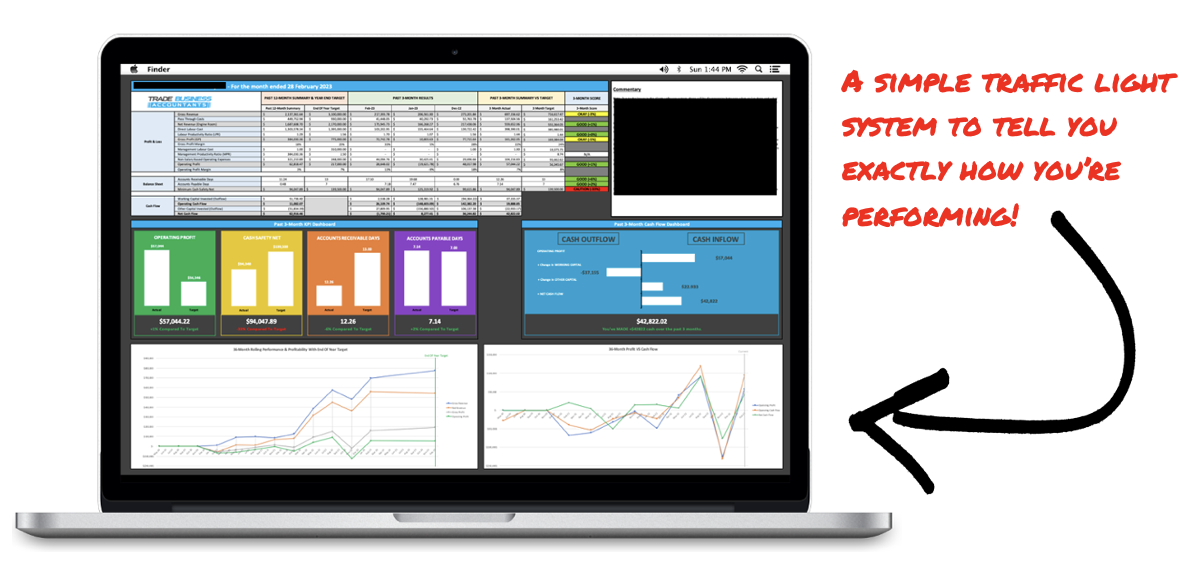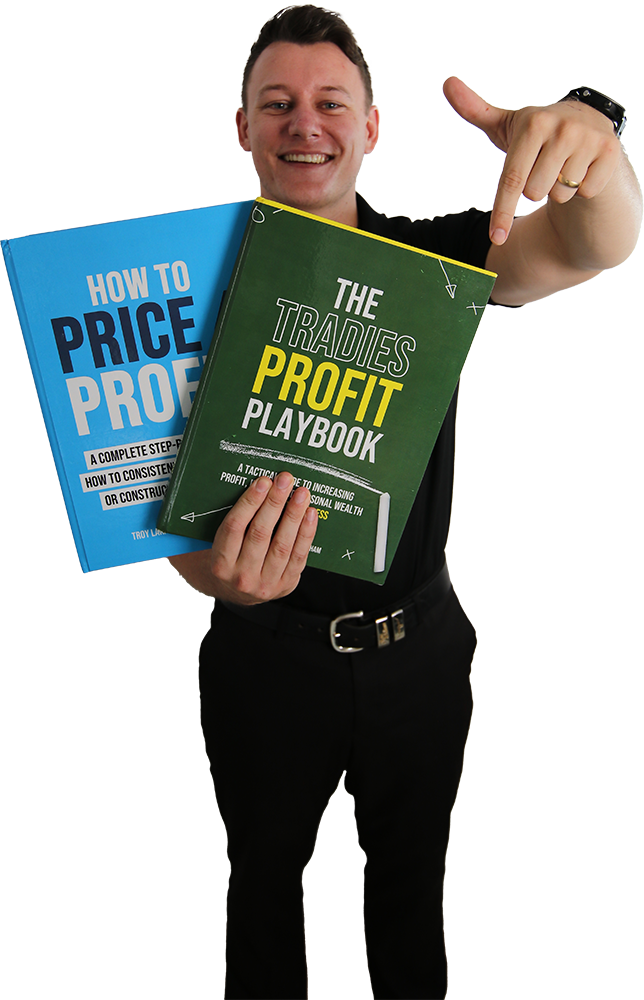“You’d be mad not to do this”
6 words that came flying out of my mouth this morning.
The look on my client’s face?
Priceless.
It sucked the air right out of the room.
But we’ll get to that in a moment…
Today I met with the owner of a growing landscaping business.
Great team, great culture, plenty of profitable work on the books.
But one little problem…
A young workforce.
When he’s absent from site he’s noticed productivity starts to dip.
Not from a poor attitude from his guys, but simply from a lack of experience.
So he recently launched our plug and play hiring guide to solve this.
The issue? It worked.
He attracted someone that ticked all the boxes.
A true ‘superstar’ applicant if you will.
Great attitude.
Dual qualified carpenter, landscaper.
Project manager currently overseeing a team of 30.
Been with his existing company 12 years.
Lacks fulfilment in his current role.
And eager to be on the tools, training, educating, and leading.
But my client was concerned about being able to afford him as the salary he needs is much higher than he was expecting.
So I challenged him on this opinion.
I argued that he couldn’t afford NOT to hire him.
And being the good accountant that I am…
I used math to hammer home my point.
Right now he’s doing $3,000,000 in sales.
With total field labour costs being roughly a million dollars of that.
Now imagine he set a goal to improve his annual field labour productivity by 10%.
That’s only 6 minutes per hour.
Not much right?
Based off $1,000,000 spent on labour.
If his team was just 6 minutes more productive every hour.
He’d make an extra $100,000 in net profit a year.
That’s an increase of 3.3% to the bottom line!
But this goes both ways…
Imagine your team were WASTING 6 minutes every hour.
Being unorganised, taking longer lunch breaks, unable to problem solve without you…
This unproductive time would be COSTING you $100,000.
Now, in my client’s case, losing 6 minutes of productivity an hour was being generous.
The reality is, every time he left site to quote, work in the office, or grow the business.
Productivity went out the window.
“This new hire won’t be costing you… look at what you’re buying.
Experience, capability, leadership.
LEVERAGE.
With him on site you’ll get more out of your team, and you’ll be more freed up to focus on the marketing and sales activities required to take your business to the next level.
The $160k package will pay for itself with the increase in productivity alone.
You’d be mad not to do this”
So, what can YOU take away from this conversation?
One of the best ways to increase job profitability is by measuring the productivity of labour.
But when was the last time you tracked it?
Are you confident you’re getting the most out of your field crews?
This is knowing how much gross profit you get for every dollar you spend on labour.
This is what we do for all our clients as part of our monthly financial performance reports.

Using the ‘labour productivity ratio’.
Gross profit / Total field labour cost = your field labours money-making performance.
If you spend $1,000,000 on labour and make $1,300,000 in gross profit.
You make $1.30 for every dollar spent on labour.
If you improve productivity and make $2,000,000 in gross profit while spending the same $1,000,000 on labour.
You make $2.00 for every dollar spent.
Most trade businesses we work with aim for an LPR of $2 to $3.
By tracking this ratio, you’ll make sure you're maximising your margin per employee.
If you’re not making a good return, this is your fastest indicator that something might be off.
So what standards can you work on to improve your field labour efficiency?
Could it be better planning? Better management?
Better staff? More accountability?
More systems?
If you identify the pinch points in delivery your job profitability will skyrocket.
Remember, nothing happens without the human effort.
You have your guaranteed mark up on materials.
But labour is where the battle is either won or lost.

